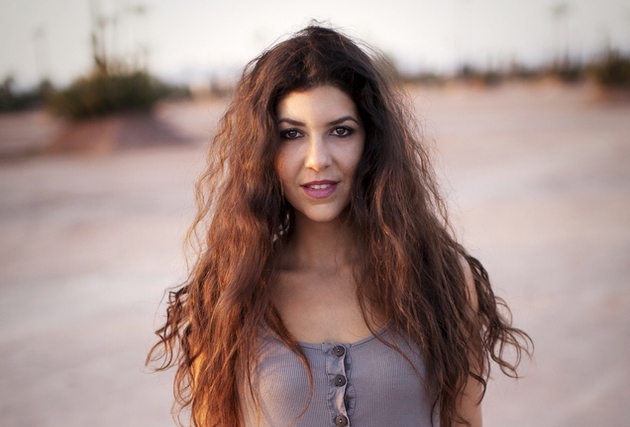 /Naples, Fish seller, painting by Keith Vaughan/
/Naples, Fish seller, painting by Keith Vaughan/
When a fish vendor was gruesomely killed trying to stop police destroying his catch, his death sparked Morocco’s largest protests since the Arab Spring. Sam Metz (Roads & Kingdoms) went to Al Hoceima to investigate the aftermath.
Metz writes:
“Protests lit up Al Hoceima almost immediately in the following days. They quickly spread across the country to cities like Rabat, Casablanca, Nador, Tangier, and Marrakesh. In each city, tens of thousands of protestors took to the streets for planned demonstrations week after week to bring attention to hogra, a term that refers to shame and anger, specifically in the context of government subjugation. Many saw themselves and their own disillusionment with the Kingdom’s politics wrapped up in the story of Mohcine Fikri being ground to death.”
He continues:
“As protests spread throughout Morocco, the vigor of protests in Al Hoceima started to garner global attention. Newspapers compared Mohcine Fikri to Mohamed Bouazizi, the Tunisian fruit vendor whose self-immolation lit the match that started the Arab Spring. Despite the fact that Fikri does not seem to have forfeited his life willingly, there are some clear similarities: both were North African; both sold food; many observers saw them both as having been arbitrarily targeted by police; and their deaths became symbols for broader political grievances throughout their respective countries.
But, this comparison glosses over what makes Al Hoceima, Al Hoceima. Morocco is not Tunisia. Even before Fikri’s death, the Rif region has long held a reputation for being an epicenter of resistance and anti-government protest; a lot of these protests revolved around demands for regional autonomy and cultural recognition, a context Tunisia does not share. The people here identify ethnically as Amazigh, also known as Berber.
Unlike Morocco’s Arab majority, the Amazigh speak a different language, have different cultural customs, and remember the nation’s past differently. In the 1920s, led by Abdelkrim El Khattibi, Riffians, as the people of the region are known, declared themselves independent from both Spanish colonists and Moroccan Sultans. In the 1950s, this region also protested against the newly independent kingdom and later, in the 1980s, against the harsh rule of King Hassan II.
After Morocco gained independence, many Amazigh felt that the restored monarchy exercised the same kind of illegitimate control as the European colonizers. As Morocco began creating a new national identity, Amazigh history was erased, children were forced to speak Arabic in schools, and the region remained isolated and underdeveloped. This legacy was invoked during the Fikri protests, first in Al Hoceima, where protests were most energized, and later throughout Morocco as demonstrators flew Amazigh flags.
Moroccan authorities arrested eleven of those involved in Fikri’s murder for involuntary manslaughter and forgery in November and have arrested a twelfth man this month, a strong response that many observers felt was meant to dispel political anger. Protests have now recededed throughout the country, but in Al Hoceima, the underlying issues that Fikri’s murder brought to the forefront remain unchanged; the city and surrounding area are still victims of underdevelopment and governmental neglect.
In a time when Morocco invests heavily in industry and construction in other parts of the country and plans to build a high-speed train along the Atlantic coast, Al Hoceima continues to have some of the worst roads in the country, as well as comparatively higher unemployment.”
• • •
Read the full story on Roads & Kingdoms.






































